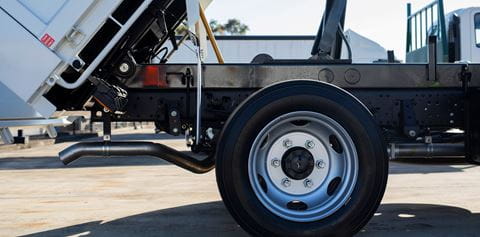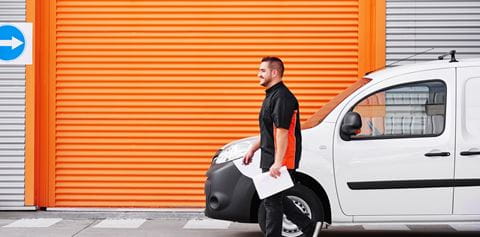
How to increase tyres life
You don't have to be a mechanic to know how important tyres are.
Without tyres, any car is incomplete. They are the link between the road and the vehicle. Thanks to them, the car can carry out its main function: moving.

But do you know how to take care of your car tyres?
Much more than a piece of rubber around the wheels, tyres are essential for the safe driving of vehicles. What few people know is that some actions can make this component have a longer working life.
Increasingly expensive, tyres represent a significant value in car maintenance, taking into account that the car needs at least four in order to move. In other words, taking good care of them takes care of your pocket too.
Some tips to increase the longevity of your tyres:
Calibrate the tyres periodically
Of paramount importance for safe driving, tyre calibration must be ideal to make them last longer. Try to calibrate the tyres every 15 days, always according to the manufacturer's instructions in the car manual. This procedure should preferably be carried out while the tyre is cold, in other words, it has been driven for a maximum of three kilometres. Essential for good tyre conservation, alignment and balance must always be up to date. It is thanks to this that we can ensure that the car is moving with the ideal geometry and that there is no excessive wear on the tyres. If they don’t have enough pressure, tyres are subject to greater wear at their edges, increasing fuel consumption and decreasing their longevity by about 30%. Overinflation can lead to uneven deterioration of the tyre midsection and an increased chance of a blowout. Keep your eye on this as any sudden reduction in tyre pressure may be a sign that it is flat. If this happens, take the car to a tyre specialist to have the situation checked out.
Avoid excessive load
Do not drive with an excess load in the vehicle as this is extremely harmful to the tyres. Exceeding the number of passengers that a car can bear or filling it up with luggage when travelling can cause deformation and even compromise the structure of the tyres and suspension of the vehicle.
Avoid road surfaces which are in poor condition
Where possible, avoid driving on roads in poor condition. A significant impact on potholes or obstacles may misalign the wheels and cause the steering to start leaning to one side. In addition, they can also cause the emergence of blistering and even compromise the structure of the tyre.
Avoid leaving the tyres laden
When parking, never leave the tyres laden. If you do, not only will be forcing the steering, but it could cause the wheels to become misaligned, damage the ply and deform the sidewall of the tyre.
Choose quality tyres
If the tyres do not have the necessary quality and efficiency, the car will become uncomfortable. In addition, it will also generate possible disorders in other important components. When tyres are good, they are able to bear the vehicle's load, also demonstrating resistance on the most varied types of terrain. Without quality tyres, even the safety of those in the car is compromised.
Defensive driving
Did you know that the way you drive directly influences how your tyres wear out? With that in mind, always try to maintain a more defensive driving style.In addition to the progressive accelerations and braking already mentioned above, slow down when going around bends. By not putting so much strain on the tyre, there is less wear and tear and its working life is extended.So when leaving the traffic light, try to maintain progressive, constant acceleration. Avoid sudden braking too. The greater the friction of the tyre with the asphalt, the greater its wear.
Switch the tyres with each other
It’s true, switching the tyres with each other is vital for their longer durability. The front and rear tyres of a car wear unevenly, as they face different requirements with regard to braking, traction and vehicle load, for example. So, regularly changing tyres periodically provides balance to this wear and tear, improving stability, performance and adhesion the ground, in addition to increasing the working life of the tyres. This switch must be carried out every 5 or 10 thousand kilometres driven or according to the manufacturer's recommendations, which varies from vehicle to vehicle.
Furthermore…
- The harder you brake, the greater the wear on the tyre, so avoid unnecessary, sudden braking.
- Never park in puddles of oil or solvents. These products have substances that damage the rubber of the tyre, causing wear and tear.
- Another characteristic of tyres is their ability to transform engine power into traction. As a result, the car is able to afford better stability when in motion. Also, going around bends at high speed also causes excessive tyre wear. So try and carry out manoeuvres more slowly.
If you put these tips into practice, your tyres will certainly have a longer-lasting working life. Not to mention that you will save money and still take advantage of all the potential your tyre has to offer.






.webp?rev=116e33c4df5f409b9d0b0a6dbb2810ac&mw=480&io=transform%3Afill%2Cwidth%3A480)
